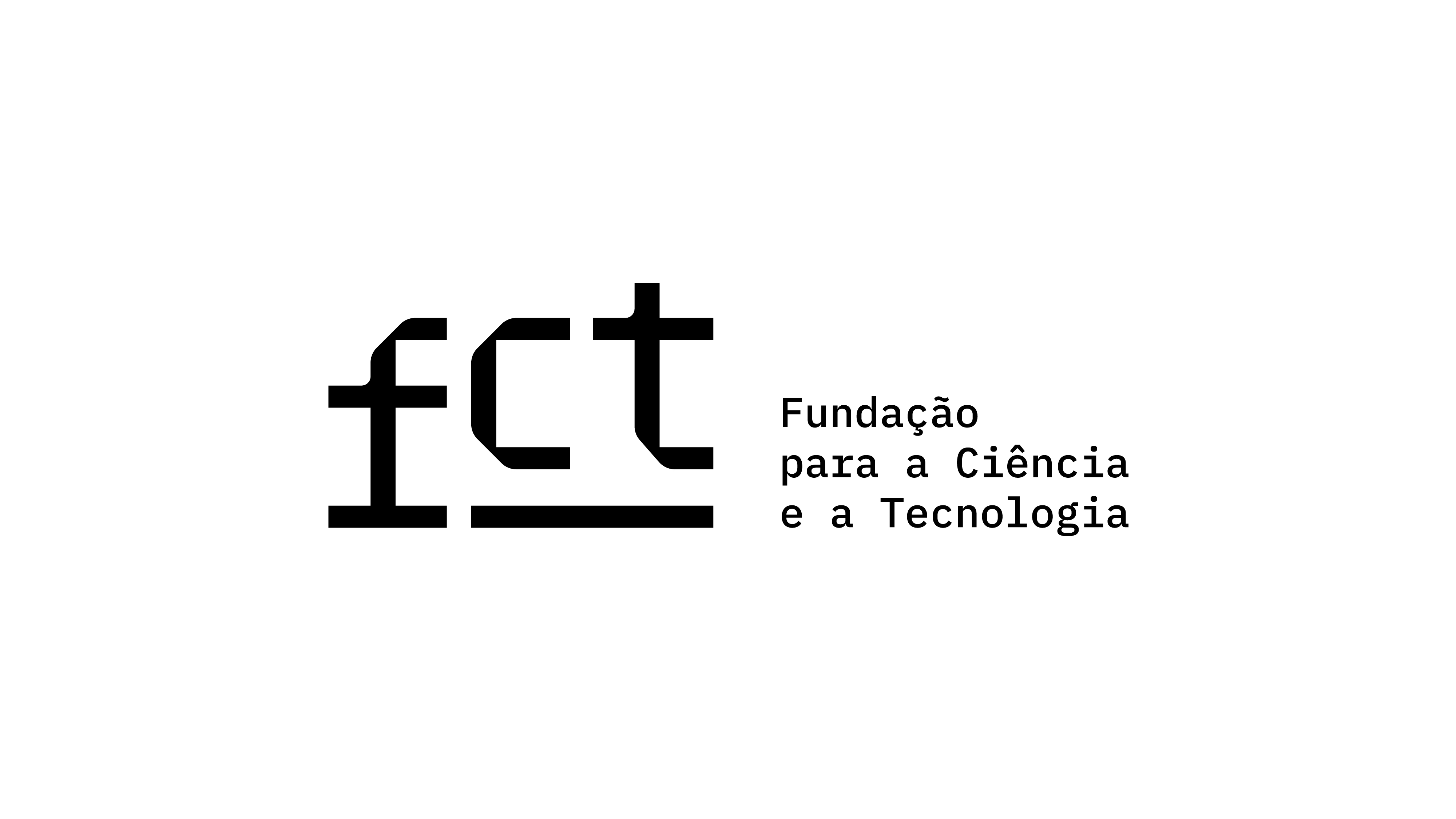Vizualizing Branding: Metamorphosis of Advertising, Visual Strategies and Their Cultural Significance
DOI:
https://doi.org/10.21814/vista.4891Keywords:
advertising, , visual culture, semiotics, aesthetics, imagesAbstract
The complicated interrelationship between advertising and visual culture is the subject of this research paper. It demonstrates the significant influence of visual culture on advertising and vice versa by investigating the historical history, theoretical foundations, and modern advertising practices. This research study offers important insights into the comprehensive nature of advertising and its role in influencing current visual culture through an exhaustive analysis of case studies and academic literature. The paper navigates through the evolutionary trajectory of advertising, spanning historical roots to contemporary paradigms, elucidating its symbiotic association with visual culture. The exploration encompasses an array of visual tools wielded by advertisers — ranging from imagery, symbols, aesthetics, and semiotics — highlighting their strategic deployment to engage audiences and manipulate cultural perceptions. Examining the moral issues raised by the persuasiveness of visual communication in advertising is at the heart of this study. This research examines visual persuasion's ethical ramifications and societal effects, critically evaluating its influence on forming collective awareness. Resorting to an extensive array of scholarly works and case studies, this study sheds light on the ever-changing advertising landscape. It examines cases in which advertising campaigns have left a lasting impression on visual culture with great care, demonstrating these media's significant impact on modern society. Essentially, this work unravels the complex relationship between advertising and visual culture, operating as a complete storehouse of information. It provides a deeper knowledge of how advertising shapes and is shaped by the visual world of our times, laying the groundwork for understanding the complex dynamics.
Downloads
References
Åkestam, N., Rosengren, S., Dahlén, M., Liljedal, K. T., & Berg, H. (2021). Gender stereotypes in advertising have negative cross-gender effects. European Journal of Marketing, 55(13), 63–93. https://doi.org/10.1108/EJM-02-2019-0125 DOI: https://doi.org/10.1108/EJM-02-2019-0125
Alim, M. M., & Rahim, R. S. A. (2021). Visual rhetoric in visual communication: Theory and concepts in public service announcements advertising campaign. International Journal of Academic Research in Business and Social Sciences, 11(6), 765–777. DOI: https://doi.org/10.6007/IJARBSS/v11-i9/11066
Anbumalar, S., Vignesh, C., Dharani, V. S., & Abarna, M. (2019). Effectiveness of online advertising in India. International Journal of Innovative Technology and Exploring Engineering, 8(12S), 577–579. DOI: https://doi.org/10.35940/ijitee.L1142.10812S19
Appel, G., Grewal, L., Hadi, R., & Stephen, A. T. (2020). The future of social media in marketing. Journal of the Academy of Marketing science, 48(1), 79–95. https://doi.org/10.1007/s11747-019-00695-1 DOI: https://doi.org/10.1007/s11747-019-00695-1
Babkina, V. (2023). What girls are made of? A critical overview of gender stereotyping in advertising and research-based recommendations for stakeholders [Master’s thesis, KTH Royal Institute of Technology].
Beig, F. A., & Nika, F. A. (2019). Brand experience and brand equity. Vision, 23(4), 410–417. https://doi.org/10.1177/0972262919860963 DOI: https://doi.org/10.1177/0972262919860963
Bhasin, H. (2023, June 10). History of advertising: Definition and complete timeline. Martketing91. https://www.marketing91.com/history-of-advertising/
Brandt, L. (2016). The rhetorics of fictive interaction in advertising: The case for imagined direct speech in argumentation. Cognitive Semiotics, 9(2), 149–182. DOI: https://doi.org/10.1515/cogsem-2016-0006
Bulmer, S., & Buchanan-Oliver, M. (2006). Visual rhetoric and global advertising imagery. Journal of Marketing Communications, 12(1), 49–61. https://doi.org/10.1080/13527260500289142 DOI: https://doi.org/10.1080/13527260500289142
Çakir, F., Çakir, M., & Solak, S. (2018). The effect of using mascot on products and services to remind the brand. In Research and development on social science: European conference on social and behavioral sciences (pp. 155–162). International Association of Social Science Research.
Codella, D. (2021, April 6). The winning Coca-Cola formula for a successful campaign. Wrike. https://www.wrike.com/blog/winning-coca-cola-formula-successful-campaign/
Dean, J. (2019). Sorted for memes and gifs: Visual media and everyday digital politics. Political Studies Review, 17(3), 255–266. https://doi.org/10.1177/1478929918807483 DOI: https://doi.org/10.1177/1478929918807483
Dove US. (2013, April 14). Dove real beauty sketches | You’re more beautiful than you think (3mins) [Video]. YouTube. https://www.youtube.com/watch?v=XpaOjMXyJGk
Dzyabura, D., & Peres, R. (2021). Visual elicitation of brand perception. Journal of Marketing, 85(4), 44–66. https://doi.org/10.1177/0022242921996661 DOI: https://doi.org/10.1177/0022242921996661
Elfving-Hwang, J. (2021). Media, cosmetic surgery and aspirational beauty aesthetics of the ageing body in South Korea. Asian Studies Review, 45(2), 238–252. https://doi.org/10.1080/10357823.2020.1736513 DOI: https://doi.org/10.1080/10357823.2020.1736513
Faizan, M. (2019). The role of semiotics in advertising: Communicative approach. Language in India, 19(2), 135–142.
Feenstra, R. A., & González Esteban, E. (2019). Autocontrol: A critical study of achievements and challenges in the pursuit of ethical advertising through an advertising self-regulation system. Journal of Business Ethics, 154, 341–354. DOI: https://doi.org/10.1007/s10551-016-3423-0
Goransson, K., & Fagerholm, A. S. (2018). Towards visual strategic communications: An innovative interdisciplinary perspective on visual dimensions within the strategic communications field. Journal of Communication Management, 22(1), 46–66. https://doi.org/10.1108/JCOM-12-2016-0098 DOI: https://doi.org/10.1108/JCOM-12-2016-0098
Graan, A. (2016). The nation brand regime: Nation branding and the semiotic regimentation of public communication in contemporary Macedonia. Signs and Society, 4(S1), S70–S105. https://doi.org/10.1086/684613 DOI: https://doi.org/10.1086/684613
Guibourgé, J. (2022). Semiotics applied to advertisements. HAL Open Science. (Original work published 2020)
Guruge, M. C. (2018). Comparison between attributes related to celebrity endorsement and social media influencer marketing: A conceptual review. Sri Lanka Journal of Marketing, 4(1), 17–37.
Harris, I. L. (2015, November 25). Dove empowered women and found success in 80+ countries. ReferralCandy. https://www.referralcandy.com/blog/dove-marketing-strategy
Jandrić, P., & Lacković, N. (2018). Visual cultures and education. In M. Peters (Ed.), Encyclopedia of Educational Philosophy and Theory (pp. 1–6). https://doi.org/10.1007/978-981-287-532-7_677-1 DOI: https://doi.org/10.1007/978-981-287-532-7_677-1
Jordan, L. (2020). Techniques of visual persuasion: Create powerful images that motivate. New Riders.
Kaput, M. (2022, March 10). AI in advertising: Everything you need to know. Marketing Artificial Intelligence Institute. https://www.marketingaiinstitute.com/blog/ai-in-advertising
Leong, N. (2021). Identity capitalists: The powerful insiders who exploit diversity to maintain inequality. Stanford University Press. DOI: https://doi.org/10.1515/9781503614277
Lu, M., Wang, C., Lanir, J., Zhao, N., Pfister, H., Cohen-Or, D., & Huang, H. (2020). Exploring visual information flows in infographics. In Proceedings of the 2020 CHI conference on human factors in computing systems (pp. 1–12). Association for Computing Machinery. DOI: https://doi.org/10.1145/3313831.3376263
Luo, B., Sun, Y., Shen, J., & Xia, L. (2020). How does green advertising skepticism on social media affect consumer intention to purchase green products? Journal of Consumer Behaviour, 19(4), 371–381. https://doi.org/10.1002/cb.1818 DOI: https://doi.org/10.1002/cb.1818
Noggle, R. (2018). The ethics of manipulation. Stanford Encyclopedia of Philosophy. https://plato.stanford.edu/entries/ethics-manipulation/
Panjrath, M. Y., & Tiwari, S. (2021). “Why them, not me?”: A study exploring the impact of following fashion influencers on instagram on body image satisfaction of adolescent girls and middle-aged women. International Journal of Psychosocial Rehabilitation, 25(2), 375–386. https://doi.org/10.37200/V25I2/37897
Peterson, M. O. (2019). Aspects of visual metaphor: An operational typology of visual rhetoric for research in advertising. International Journal of Advertising, 38(1), 67–96. https://doi.org/10.1080/02650487.2018.1447760 DOI: https://doi.org/10.1080/02650487.2018.1447760
Pettersson, R. (2020). Using images. Institute for Infology.
Piotr, H. (2013, September 30). Apple - Think different - Full version [Video]. YouTube. https://www.youtube.com/watch?v=5sMBhDv4sik
Reese, G., Rosenmann, A., & Cameron, J. E. (2019). The psychology of globalization: Identity, ideology, and action. Academic Press.
Schifferstein, H. N., Lemke, M., & de Boer, A. (2022). An exploratory study using graphic design to communicate consumer benefits on food packaging. Food Quality and Preference, 97, Article 104458. https://doi.org/10.1016/j.foodqual.2021.104458 DOI: https://doi.org/10.1016/j.foodqual.2021.104458
Shammout, E., D'Alessandro, S., Small, F., & Nayeem, T. (2022). Lifting the curtain on cultural values, materialism and luxury consumption: Evidence from Jordan. Journal of Consumer Behaviour, 21(5), 987–1001. https://doi.org/10.1002/cb.2053 DOI: https://doi.org/10.1002/cb.2053
Shaouf, A. (2018). Revising the effects of online advertising attributes on consumer processing and response. International Journal of Marketing Studies, 10(1), 39–53. https://doi.org/10.5539/ijms.v10n1p39 DOI: https://doi.org/10.5539/ijms.v10n1p39
Sundaram, R., Sharma, D. R., & Shakya, D. A. (2020). Power of digital marketing in building brands: A review of social media advertisement. International Journal of Management, 11(4), 244–254.
The Coca-Cola Co. (2014, June 10). Share a coke [Video]. YouTube. https://www.youtube.com/watch?v=4JmKVXgAFNA
Torresi, I. (2020). Translating promotional and advertising texts. Routledge. DOI: https://doi.org/10.4324/9781003131595
Vergura, D. T., & Luceri, B. (2018). Product packaging and consumers’ emotional response. Does spatial representation influence product evaluation and choice? Journal of Consumer Marketing, 35(2), 218–227. https://doi.org/10.1108/JCM-12-2016-2021 DOI: https://doi.org/10.1108/JCM-12-2016-2021
Vrontis, D., Makrides, A., Christofi, M., & Thrassou, A. (2021). Social media influencer marketing: A systematic review, integrative framework and future research agenda. International Journal of Consumer Studies, 45(4), 617–644. https://doi.org/10.1111/ijcs.12647 DOI: https://doi.org/10.1111/ijcs.12647
Wedel, M., Bigné, E., & Zhang, J. (2020). Virtual and augmented reality: Advancing research in consumer marketing. International Journal of Research in Marketing, 37(3), 443–465. https://doi.org/10.1016/j.ijresmar.2020.04.004 DOI: https://doi.org/10.1016/j.ijresmar.2020.04.004
What is influencer marketing? (2023, April 10). McKinsey & Company. https://www.mckinsey.com/featured-insights/mckinsey-explainers/what-is-influencer-marketing
Wiid, R., Müllern, T., & Berndt, A. (2023). The face of nonbinary beauty communication on Instagram: A content analysis. Journal of Current Issues & Research in Advertising, 44(1), 1–23. https://doi.org/10.1080/10641734.2022.2089786 DOI: https://doi.org/10.1080/10641734.2022.2089786
Downloads
Published
How to Cite
Issue
Section
License
Copyright (c) 2023 Sushantika Chatterjee, Tasha Singh Parihar

This work is licensed under a Creative Commons Attribution 4.0 International License.
Authors own the copyright, providing the journal with the right of first publication. The work is licensed under a Creative Commons Attribution 4.0 International License.













